Sunshine on water, shadows on fields, dappled light on trees…
These are all aspects of the landscape which inspire Dunfermline artist Stephen Ratomski.
The 74-year-old former Inverkeithing High School head of art and design uses spontaneous mark making to create rich surfaces of colour and texture and record moments in time.
His brushwork can be not only bold and strong with frenzied marks but also soft and delicate with will-o’-the-wisp wash marks.
He is equally experienced in his handling of colour and mark making in his screen prints and monoprints, all produced by himself at Fife Dunfermline Printmakers Workshop.
Collage has been a medium Stephen has used since his days as a student at Edinburgh College of Art in the late 1960s.
Inspired by the likes of Kurt Schwitters, Peter Blake and Robert Motherwell as well as his East European heritage, his collages are carefully put together visual statements using found paper and other ephemera.
He exhibits regularly throughout Scotland in solo and group shows and has exhibited in Poland, Hong Kong, and Japan.
Solo exhibition
But now, for the first time, the work of the award-winning artist can be seen in a solo exhibition called ‘Marking Time’.
A collection of Stephen’s paintings, prints and collages are being exhibited at The Weigh Ahead Gallery, 91-94 High Street, Dunblane, from Sunday October 9 until Saturday November 5.
It’s been confirmed Stephen will donate all proceeds of the sale of his monotype ‘Elie afternoon’ (£400) to the Disasters Emergency Commission Ukraine Humanitarian Appeal.
The gallery is waiving its commission on the sale of this artwork.
High school art teacher
Born and raised in Dunfermline, Stephen attended Commercial Primary and Dunfermline High School before studying drawing and painting at Edinburgh College of Art.
After graduating, he taught as a secondary school art teacher for over 30 years.
After teaching at Queen Anne High School, he became head of art and design at Inverkeithing High School.
Stephen taught many talented pupils over the decades who went on to have very successful careers in the arts, architecture, design, photography and education.
One of the most talented pupils he taught was Jonny Hannah from Dunfermline.
He is an artist and illustrator with an international client list, runs his own small publishing house and is a former senior college lecturer.
Ian Moir, founder and director of Fire Station Creative Dunfermline is another former pupil as is Gemma Coyle, a lecturer at Edinburgh College of Art.
Stephen decided to take early retirement from teaching in 2003 when he was 55.
Having been a “very committed” teacher who gave his all to the profession, he’d had little time to do his own painting while working.
On retiring, and after a brief spell as an SQA consultant, however, he was able to concentrate again on his own powers of creativity.
So how does Stephen define his style?
Love of collage
“I’ve always been working with printmaking,” he says.
“I respond very much to using colour and texture and various ways of applying paint to a surface or print to a surface and responding to marks.
“All the paintings that I’m doing or artworks in my sense have a narrative.
“They are based on information gathering. I go out and do photos, outdoor sketching.
“In lockdown I was going out and doing paintings en plein air.
“But I’m not recording a scene literally. I’m trying to capture a sense of feeling about a place, a mood, just a whole range of responses triggered by colour.”
Awards
Stephen received The John Gray Award from the Royal Scottish Society of Watercolour Artists in 2011 and The House for an Art Lover Award from Paisley Art Institute in 2019.
He finds the accolades “very encouraging” and was particularly pleased to receive The House for an Art Lover Award.
“It was because of a particular painting which the judges viewed in a very particular way,” he says.
“They also looked at my website because they were keen to encourage someone who was working very professionally.
“That was a great fillip to my career, although unfortunately it qualified me for an exhibition at The House for An Art Lover but it was closed in part because of Covid-19 which was a bit of a nuisance, but still very successful.
“Luckily it opened as normal – if you can call it normal with a Rangers football match nearby and about 55,000 people! The people getting to my private view got held up in traffic.”
Printmakers workshop
Stephen is a member of the Society of Scottish Artists and served two terms as chairman of Fife Dunfermline Printmakers Workshop.
He has a studio at home but normally goes in to the workshop when it’s quiet.
While it’s “wonderful” to have peace and quiet, he says, it’s also nice to discuss and share creative thoughts in the workshop with other people.
In terms of style, he was using collage as student and it’s a medium that he’s developed since.
Sometimes the artworks come spontaneously. Sometimes they evolve over a period with “gradual thinking”.
In all cases, a lot of information gathering goes into making them work.
He likes the idea of various layers of interpretation and meaning whether it’s texture or different elements of colour.
People who come to his exhibitions respond to that in different ways.
“I like to give people slight clues by way of title or whatever so they have a starting point,” he says.
“But then it takes off from that. I’m just very enthusiastic about having the opportunity to show the links.”
Cultural influences
Stephen is increasingly aware of being a Scot.
But in terms of other influences, he says there’s no doubt he’s been impacted by his Polish heritage.
In 2005, he founded Fife Polish Arts to explore the cultural links between Poland and Scotland.
Stephen’s father, who settled in Scotland after the Second World War, lived in an area west of Minsk which was then part of the Polish Lithuanian Commonwealth.
In 1939, it was invaded by Russia and the family home and land destroyed.
The area is now part of Belarus.
His father fought with Anders’ Army in the Italian campaign at Monte Cassino.
He was based at Peebles and spent some time in Dundee.
He rather romantically met Stephen’s mum on a train coming across from Edinburgh.
They married during the war then settled in Dunfermline after the end of hostilities.
Stephen is very proud of both sides of his culture.
He was likely influenced by his father who was a reasonably accomplished draftsman.
On his mother’s side, who was from Cardenden, he had a relative called Willie McLaren who was quite a well know artist in his time.
“I have history that traces me back to McLeans on my Scottish side,” he adds.
“I was brought up in a traditional way reading the Broons and Oor Wullie, all that sort of thing.
“But the Polish side has become increasingly important.
“We have fairly regular family reunions. I have contact with an artist Karen Strang who is a Scots Pole, and we kind of exchange ideas. Just general thoughts.
“She’s a figurative artist. There’s just a sharing of that feeling and culture.
“I like the links. I’ve been to Polish Consul things. I’ve handed over Fife Polish Arts. But it’s still something that’s very important to me.”
Abstract work
Stephen describes his work now as abstract. But it was quite figurative when he was at college.
He was the second generation of Poles who went to Edinburgh College of Art because some had gone directly after the war around 1950.
When he was there in the late 1960s there was quite a range of surnames ending in ‘ski’.
At a time when Robin Philipson was head of painting, there was a very strong tradition of the Edinburgh Style of painting but a lot of other influences as well including Pop Art.
The whole art scene was changing dramatically.
Stephen thinks another influence definitely came through Polish culture.
“I have, particularly when I was teaching, been noted for having a strong sense of design which came out of an innate almost feeling about Polish folk art and so on,” he says.
“I think there is a definite something there. Interestingly enough I found out that during the war, the Royal Scottish Academy helped Polish artists including some based in Dunfermline.
“It’s quite a quirky connection.
“The only name I can give you – now dead – Alexander Zyw – his son or grandson now works at the Scottish Gallery.
“He was a painter who became well known in Edinburgh in the 1950s.
“I do think there’s a cultural influence undoubtedly.”
When to see the exhibition
Marking Time: An exhibition of paintings, prints and collages by Stephen Ratomski, runs at The Weigh Ahead Gallery, 91-94 High Street, Dunblane from Sunday October 9 until Saturday November 5.
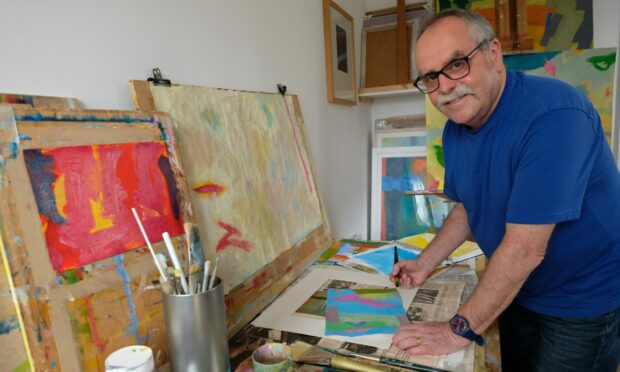
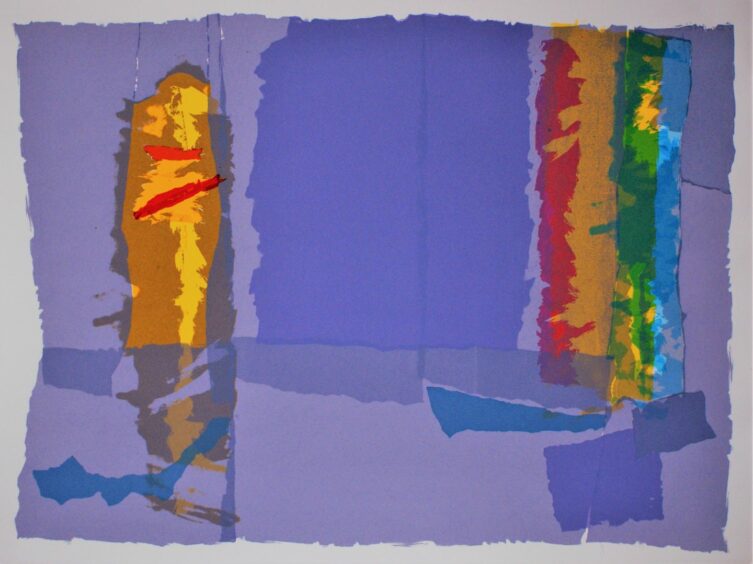
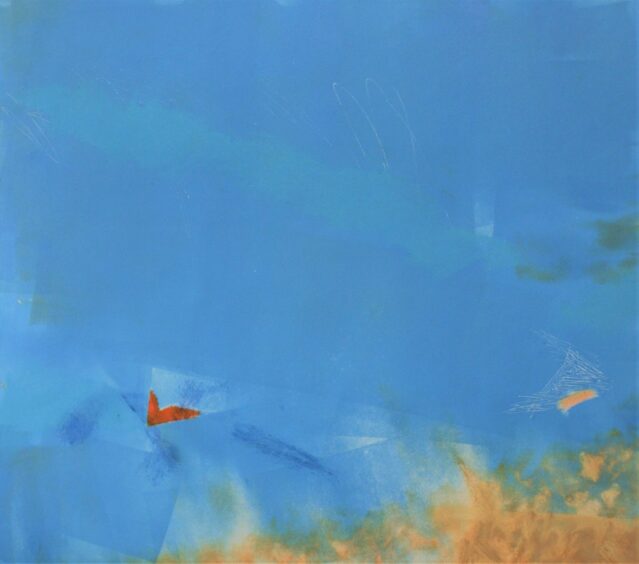
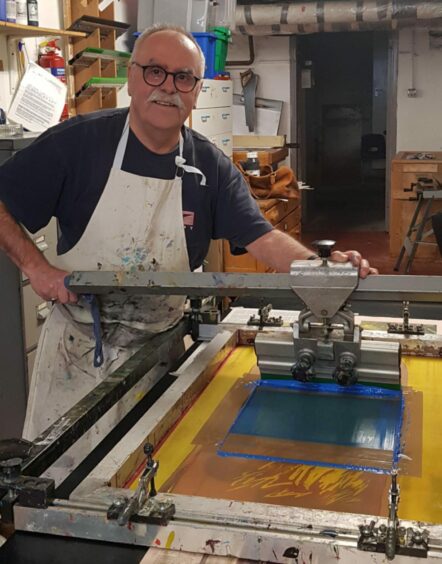
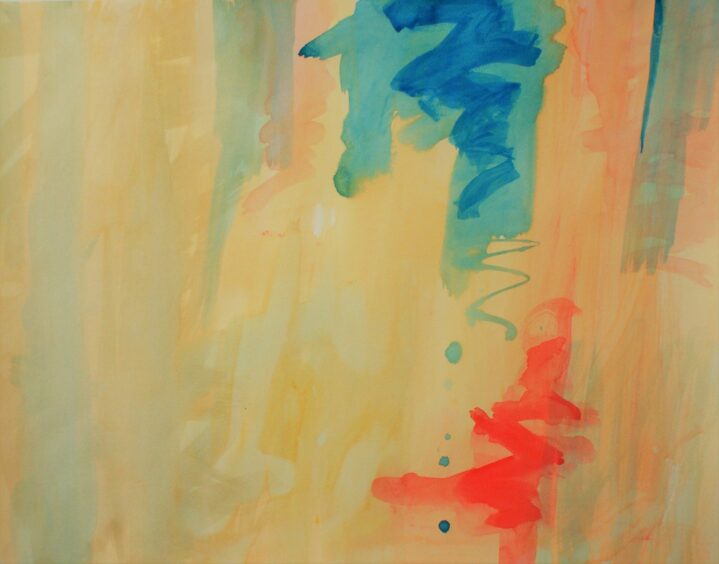
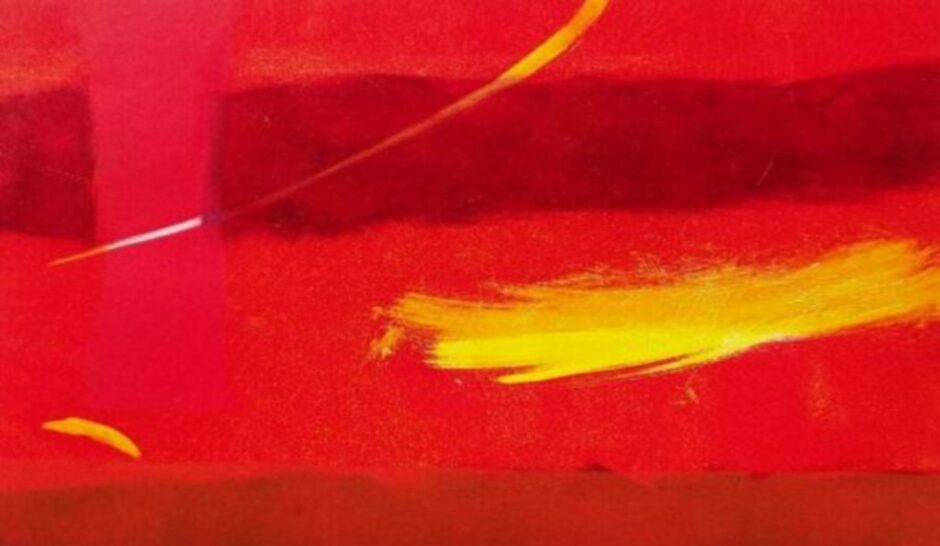
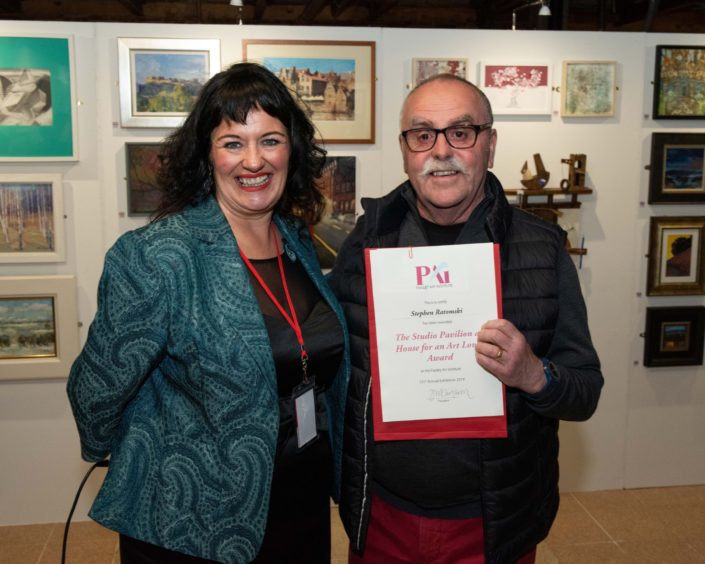
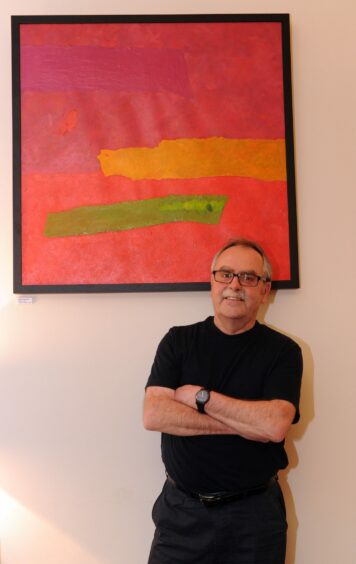
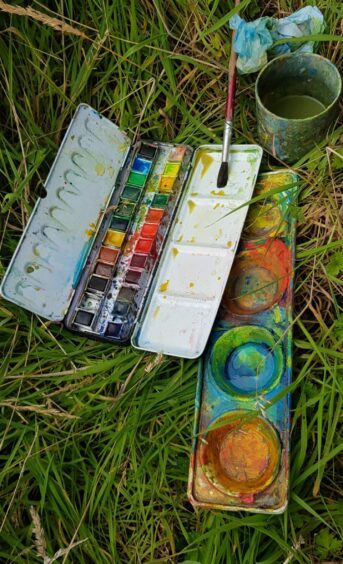
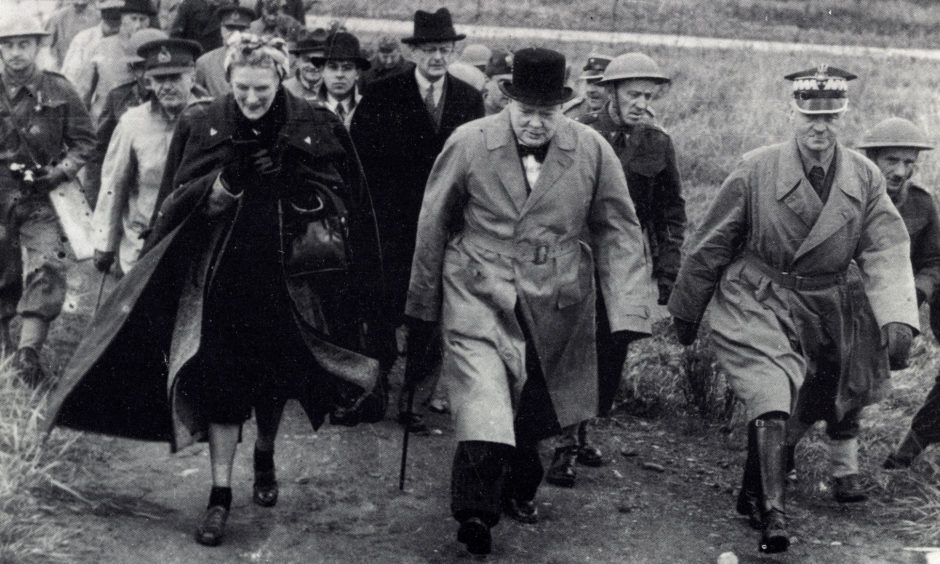
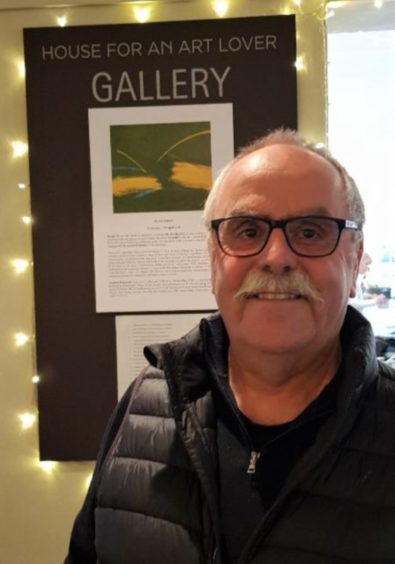
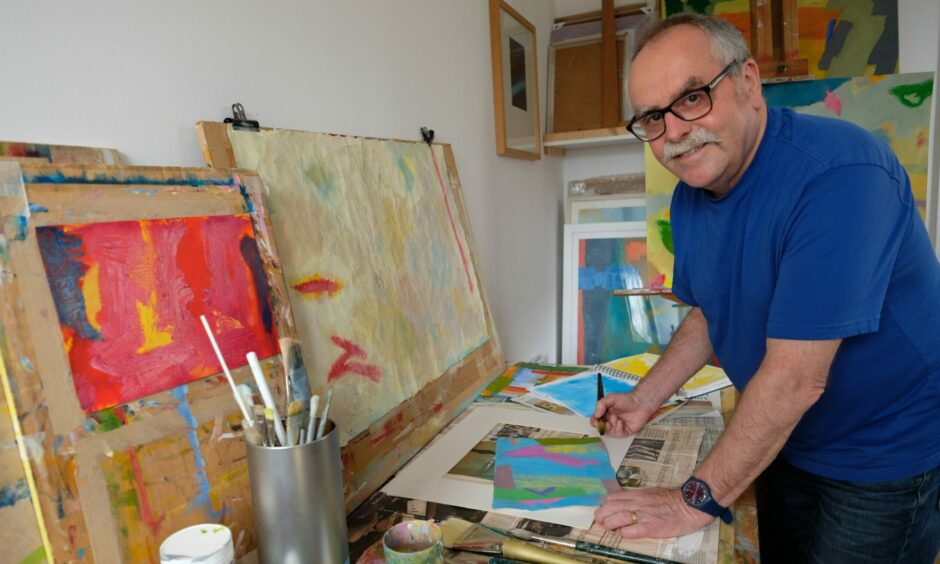
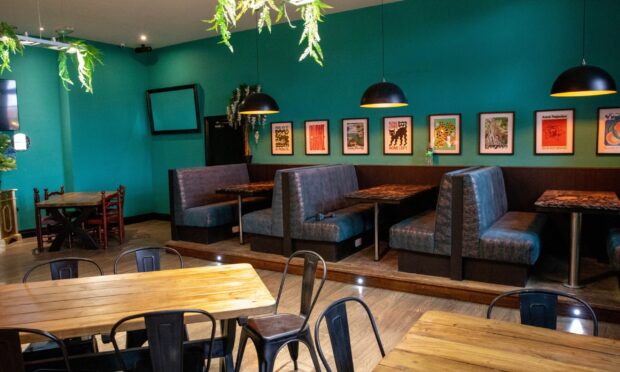

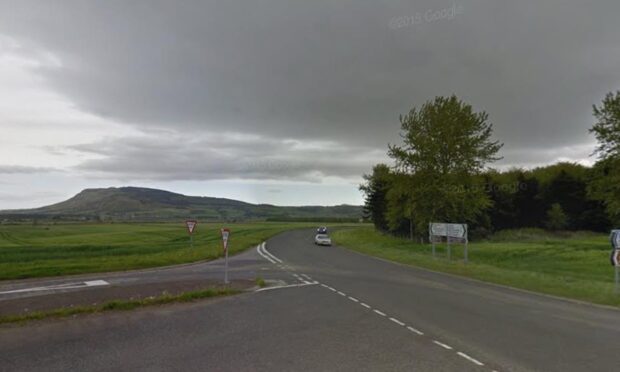



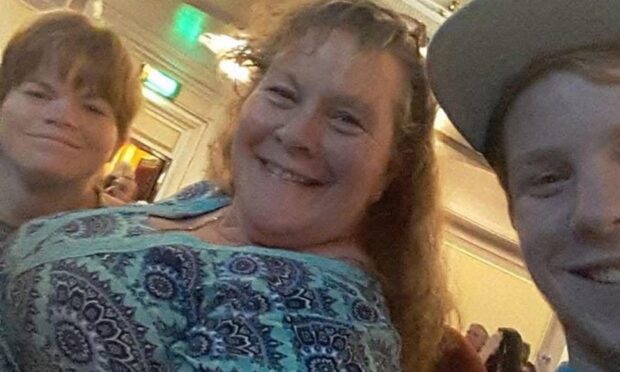
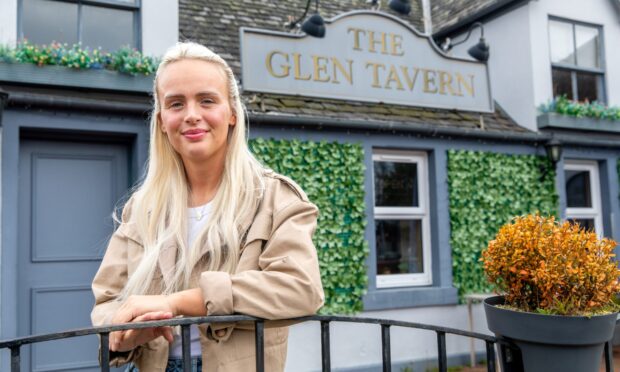
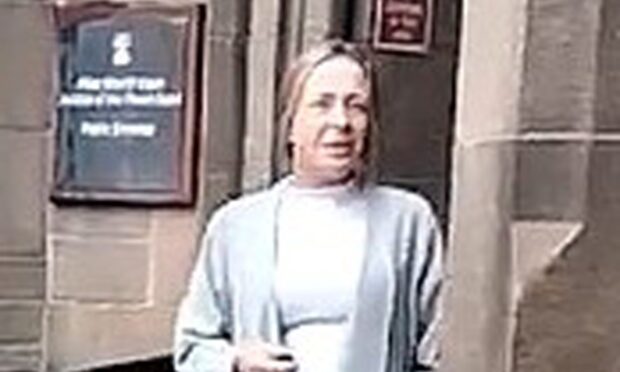
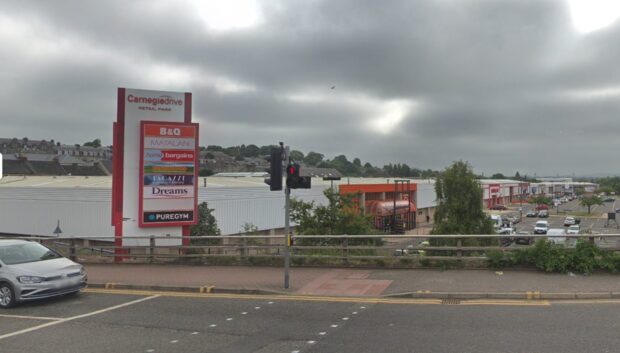
Conversation